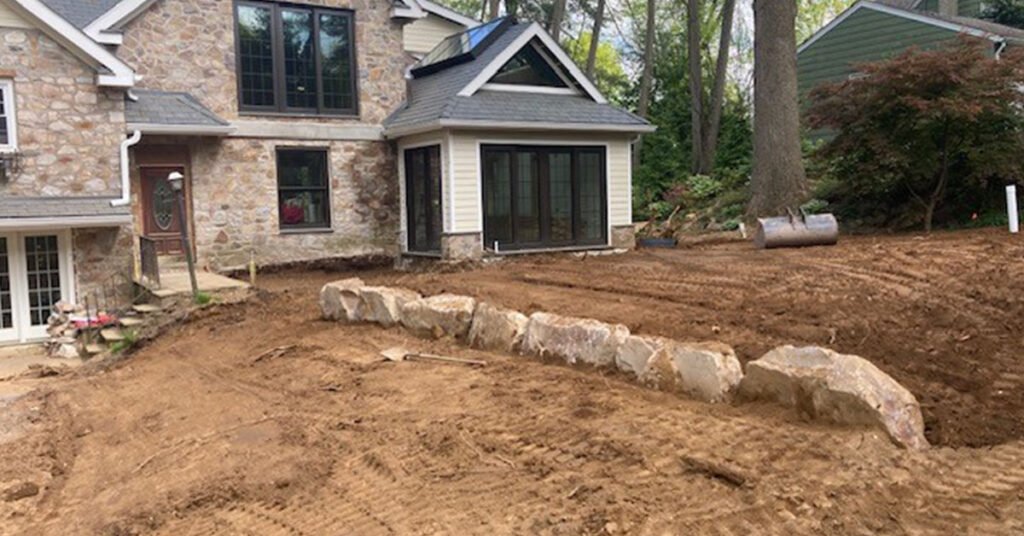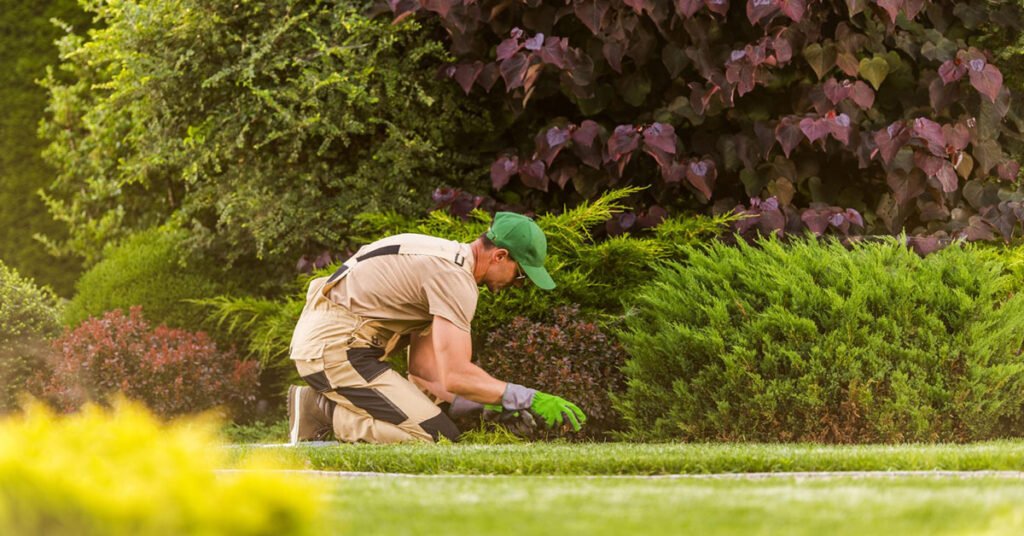Are you considering a career in landscaping? Perhaps you’re already knee-deep in soil, dreaming of transforming outdoor spaces into beautiful, functional landscapes. If so, understanding the fundamentals of grading is essential. In this guide, we’ll delve into what is grading in landscaping, why it’s crucial in landscaping, and how you can master this foundational skill. Let’s get started.
What is Grading in Landscaping?
Grading refers to the process of shaping and leveling the ground’s surface to achieve proper drainage, soil stability, and aesthetic appeal. It involves manipulating the terrain by adding or removing soil to create slopes, contours, and flat areas according to design specifications.
Why is Grading Important?
Grading is the backbone of any successful landscaping project for several reasons:
- Water Management: Proper grading ensures efficient drainage, preventing water from pooling or causing erosion. It directs water away from structures, preventing foundation damage and basement flooding.
- Soil Stability: By leveling the ground and compacting the soil, grading creates a stable foundation for hardscapes, such as patios, walkways, and retaining walls. This reduces the risk of settling and structural issues over time.
- Optimized Land Use: Grading allows landscapers to maximize usable space by creating flat areas for activities like gardening, lawn maintenance, and outdoor entertaining.
- Enhanced Aesthetics: Well-executed grading can transform a dull, uneven landscape into a visually appealing environment with flowing contours and defined features.
The Grading Process
- Site Assessment: Before beginning any grading work, assess the site’s topography, soil composition, and drainage patterns. Identify any existing issues, such as low spots, high points, or poor drainage areas.
- Develop a Plan: Based on the site assessment and project requirements, develop a grading plan that outlines the desired slopes, elevations, and drainage solutions. Consider factors like soil type, climate, and local regulations.
- Excavation and Fill: Use excavation equipment to remove excess soil from high areas and redistribute it to low areas, creating uniform grades. Compact the soil as needed to ensure stability.
- Final Grading: Fine-tune the surface to achieve the desired contours and slopes. Pay attention to transitions between different areas, ensuring smooth transitions and proper water flow.
- Surface Finishes: Depending on the project scope, apply surface finishes such as mulch, sod, or gravel to enhance aesthetics and promote soil stability.
Tips for Successful Grading
- Plan Ahead: Invest time in thorough site analysis and planning to avoid costly mistakes later on.
- Use the Right Equipment: Choose appropriate excavation and compaction equipment for the job, and ensure proper maintenance for optimal performance.
- Pay Attention to Drainage: Incorporate effective drainage solutions, such as swales, French drains, and catch basins, to prevent water accumulation and erosion.
- Consider Environmental Impact: Minimize soil disturbance and erosion by implementing erosion control measures, such as erosion blankets or silt fences.
- Seek Professional Advice: If you’re unsure about any aspect of grading, don’t hesitate to consult with experienced landscapers or engineers for guidance.
Read More: How To Glue Rocks Together For Landscaping
Conclusion
Grading is the foundation upon which successful landscaping projects are built. By understanding the principles of grading and mastering the techniques involved, you’ll be equipped to tackle a wide range of landscaping challenges with confidence. Whether you’re shaping a residential backyard or designing a commercial park, the art of grading will be your ally in creating outdoor spaces that are both functional and beautiful.



